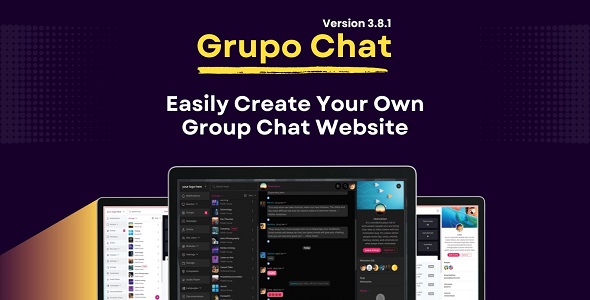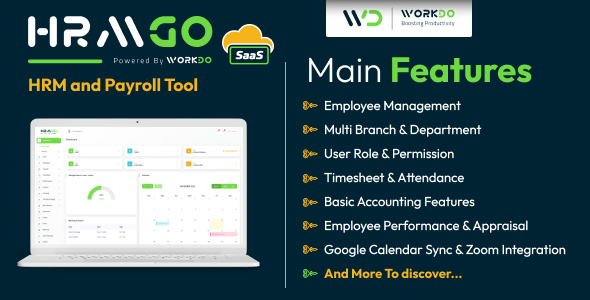4. Custom Taxonomy
What are taxonomies? Well, taxonomies are different methods for classifying things. In the case of WordPress, you are classifying your posts. Prior to WordPress 2.3, this could be done only with Categories.
Suppose you have a large variety of posts that you publish on your website. You would have a sizable category tree, which would become quite unmanageable. To overcome this inflexibility, WordPress introduced custom tags. While categories are usually thought out in advance for specific types of content on the site, tags provide a more impromptu method of classifying your content. Using the important keywords in the post as tags will make it easier for the reader to search through your website.
Over time, users requested that the WordPress team allow them to create fully hierarchical custom taxonomies. Finally in WordPress 3.0, their wish has been fulfilled. With just a few lines of code, you can add custom taxonomies to your blog.
5. Custom Post Types
According to the WordPress Codex, “Post type refers to the various structured data that is maintained in the WordPress posts table. Custom post types allow users to easily create and manage such things as portfolios, projects, video libraries, podcasts, quotes, chats, and whatever a user or developer can imagine.”
In other words, as a developer, you are no longer restricted to the structure of a blog post for your entries. You can have a variety of post types. For example, suppose you build a website to sell seashells on the Internet. You want to enter the size, color and texture of the shells, but you also want to have a blog section to rant about how your shells are different from the seashells that Sheila sells on the seashore. With custom blog types, you can easily create blog posts as well as entries for your seashell catalog.
Conclusion
In my opinion, these five features are the most important in WordPress 3.0. There are a few other minor updates worth looking into, like the new color scheme of the dashboard, an improved API for theme developers and the ability to upload a featured image for each blog post. WordPress 3.0 has definitely taken a huge step towards becoming more usable for non-programmers while giving the advanced programmer the ability to tweak WordPress to suit his wants.
In my upcoming articles, I will look into each of these features more in detail and explain how you can actually implement them on your website.








